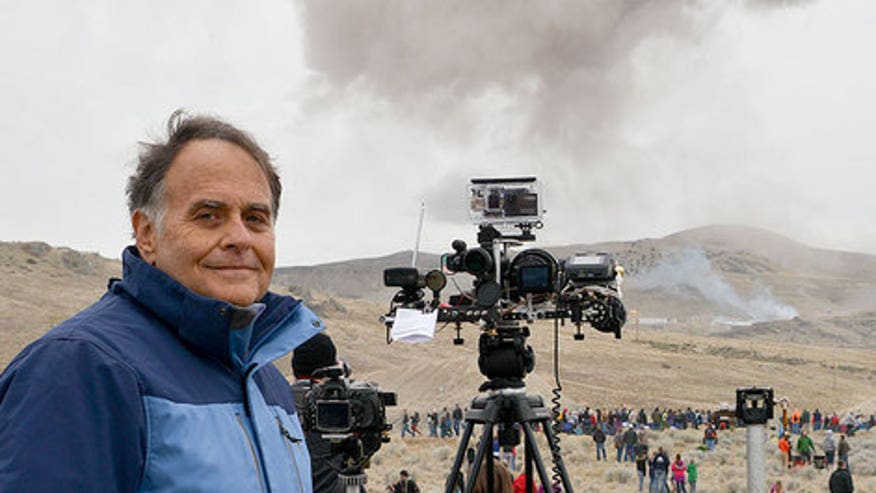Spacecraft may one day be able to detect alien life by listening to the sounds microbes make.
Scientists are testing a new microphone technology called the remote acoustic sensor (RAS), which is capable of capturing sounds within extreme and often inaccessible aerospace environments. A miniaturized version of the device could theoretically make its way to Mars or to Jupiter's ocean-harboring moon, Europa, to listen for signs of life, researchers said.
"If there's life, and if it moves, it may make RAS-detectable sounds," said RAS lead technologist Dan Slater, an independent consultant based in La Habra Heights, California. Slater presented a review of his work on the RAS concept here Sept. 2 at the American Institute of Aeronautics and Astronautics' (AIAA) Space 2015 meeting in Pasadena, Calif. [6 Most Likely Places for Alien Life in the Solar System]
Capturing sounds
The RAS detector assembly is sensitive to small audio-frequency variations in electromagnetic energy, Slater said. The technology becomes even more interesting and useful, he added, when combined with time-synchronized high-resolution imagery of the same scene.
To showcase his idea, Slater has used a ground-based, long-range RAStelescope to obtain visual and audio recordings of a SpaceX Falcon 9 rocket launch that took place in September 2013. He also monitored a test earlier this year of a rocket motor that will be incorporated into NASA's heavy-lift Space Launch System rocket.
RAS technology has also recorded the sound of a plane landing at Los Angeles International Airport, capturing the audio from the summit of Mount Wilson, some 28 miles away. A spectrogram produced from the recording shows several descending tones that were produced by the landing jet, Slater said.

0 komentar:
Posting Komentar